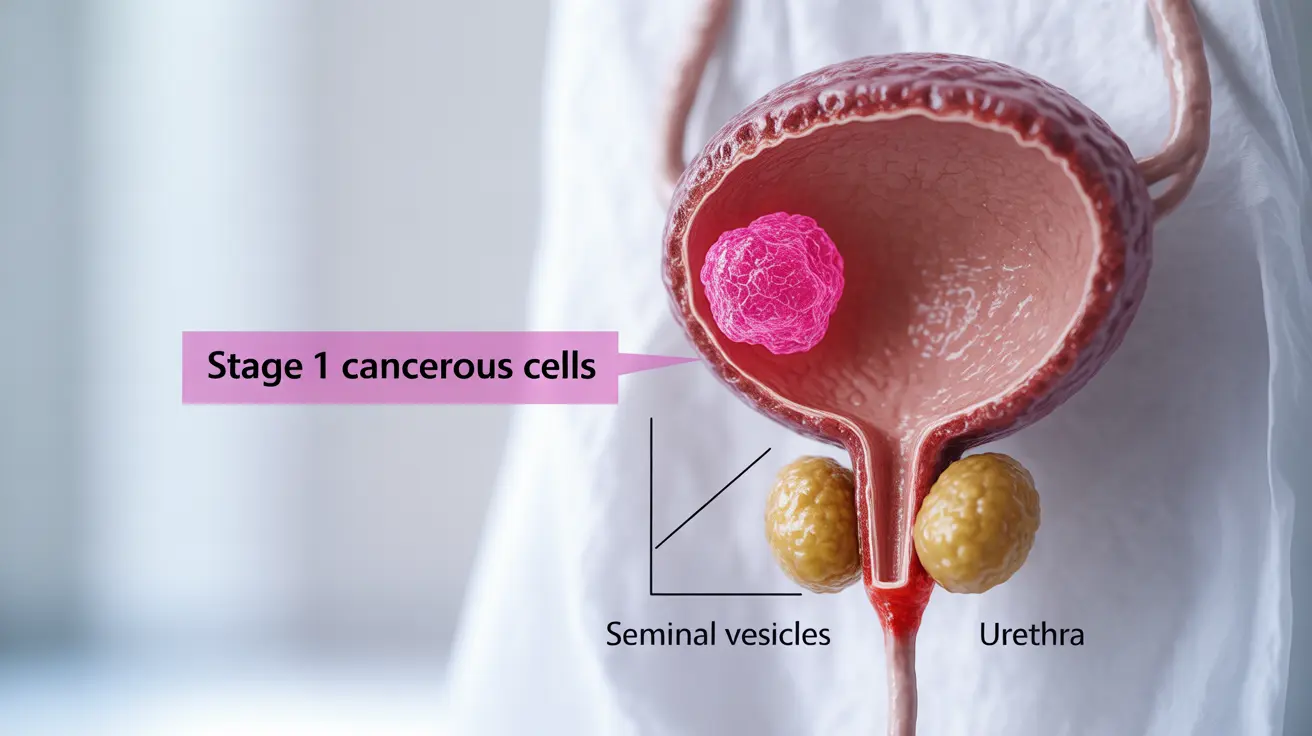Stage 1 prostate cancer represents the earliest phase of prostate cancer development, where the cancer is typically small and confined within the prostate gland. Understanding the characteristics and detection methods of stage 1 prostate cancer is crucial for early intervention and optimal treatment outcomes.
While early-stage prostate cancer often develops without noticeable symptoms, knowing what to look for and when to seek medical attention can make a significant difference in disease management and prognosis.
Detection and Diagnosis of Stage 1 Prostate Cancer
Stage 1 prostate cancer is most commonly detected through routine screening rather than symptoms. The primary methods of detection include:
- PSA (Prostate-Specific Antigen) blood tests
- Digital rectal examinations (DRE)
- Prostate biopsies when indicated
Regular screening becomes particularly important for men over 50, or earlier for those with risk factors such as family history or African American heritage.
Understanding Early Warning Signs
While stage 1 prostate cancer rarely causes noticeable symptoms, some men might experience subtle changes that warrant medical attention:
- Mild urinary changes
- Slight difficulty starting urination
- Minor changes in urinary stream strength
- Occasional urinary frequency
It's important to note that these symptoms can also be caused by benign conditions like BPH (Benign Prostatic Hyperplasia), which is why proper medical evaluation is essential.
The Importance of PSA Screening
PSA screening plays a pivotal role in early detection of prostate cancer. Understanding PSA levels can help identify potential concerns:
- Normal PSA levels typically range from 0-4 ng/mL
- Levels between 4-10 ng/mL may warrant further investigation
- PSA velocity (rate of change over time) can be more significant than a single reading
Risk Factors and Prevention
Several factors can increase the risk of developing prostate cancer:
- Age (risk increases after 50)
- Family history
- Ethnic background
- Lifestyle factors
While some risk factors can't be modified, maintaining a healthy lifestyle through diet, exercise, and regular medical check-ups can support prostate health.
Frequently Asked Questions
What are the common symptoms of stage 1 prostate cancer?
Stage 1 prostate cancer typically presents with few or no symptoms. When symptoms do occur, they may include subtle changes in urination patterns or mild urinary symptoms. However, most cases are detected through routine screening rather than symptoms.
How is stage 1 prostate cancer usually detected if symptoms are rare?
Stage 1 prostate cancer is most commonly detected through routine PSA blood tests and digital rectal examinations (DRE). When these screening tests show abnormal results, further diagnostic procedures like prostate biopsies may be recommended.
Can stage 1 prostate cancer cause changes in urination or sexual function?
While stage 1 prostate cancer rarely affects urination or sexual function, some men might experience mild urinary changes. However, these symptoms are more commonly associated with benign conditions like prostate enlargement.
When should I see a doctor if I suspect early prostate cancer symptoms?
Men should consult a healthcare provider if they experience any changes in urination patterns, difficulty urinating, or have concerns about prostate health. Additionally, men over 50 (or younger with risk factors) should discuss prostate cancer screening with their doctor.
What is the role of PSA screening in detecting stage 1 prostate cancer?
PSA screening is a crucial tool for early prostate cancer detection. It measures prostate-specific antigen levels in the blood, which can be elevated in cases of prostate cancer. Regular PSA testing, combined with other screening methods, helps identify potential cancer cases before symptoms develop.




